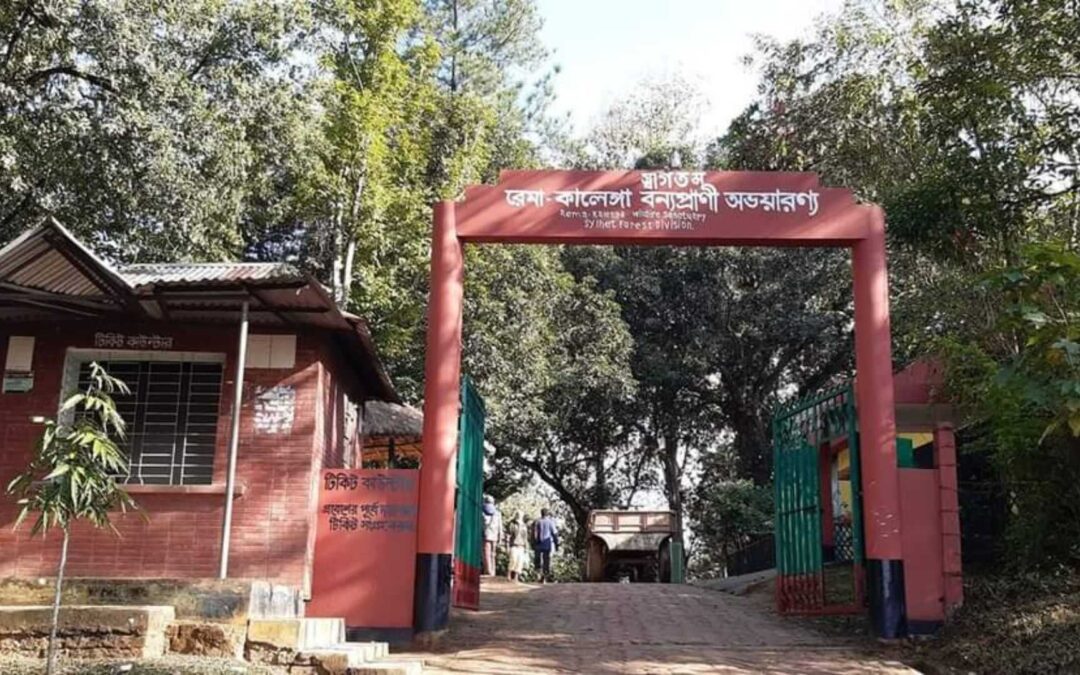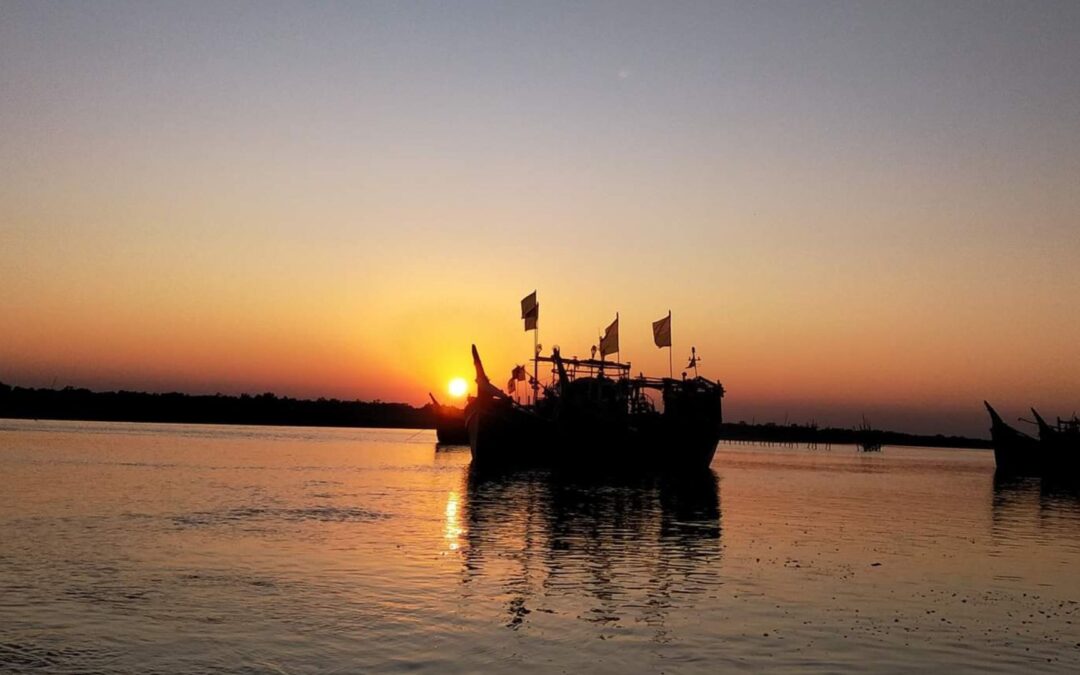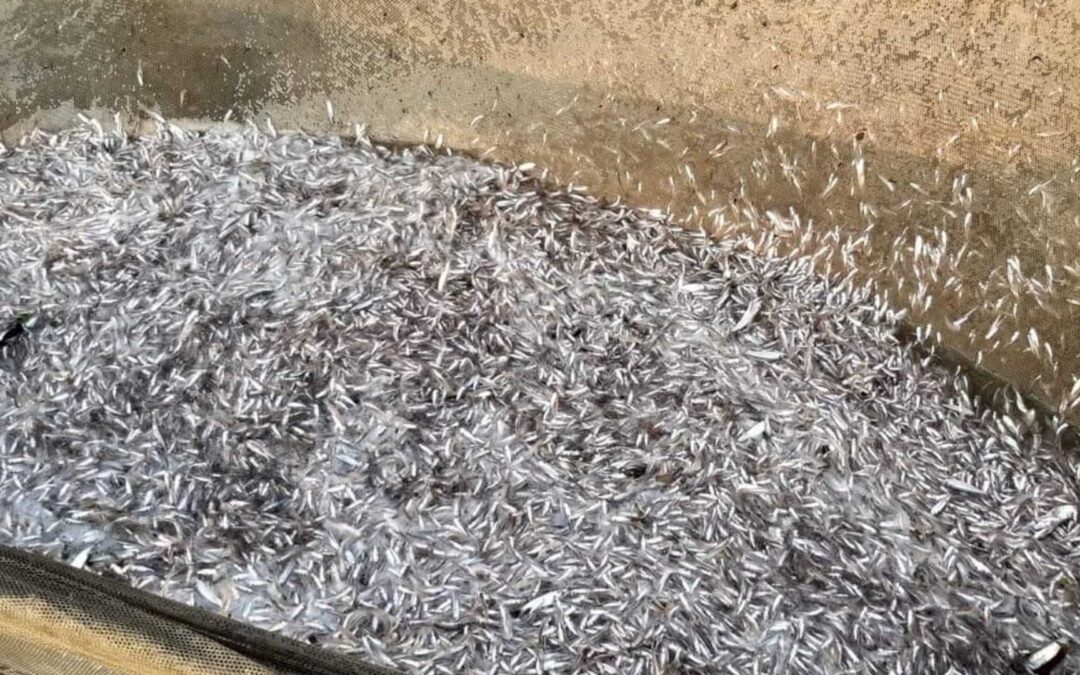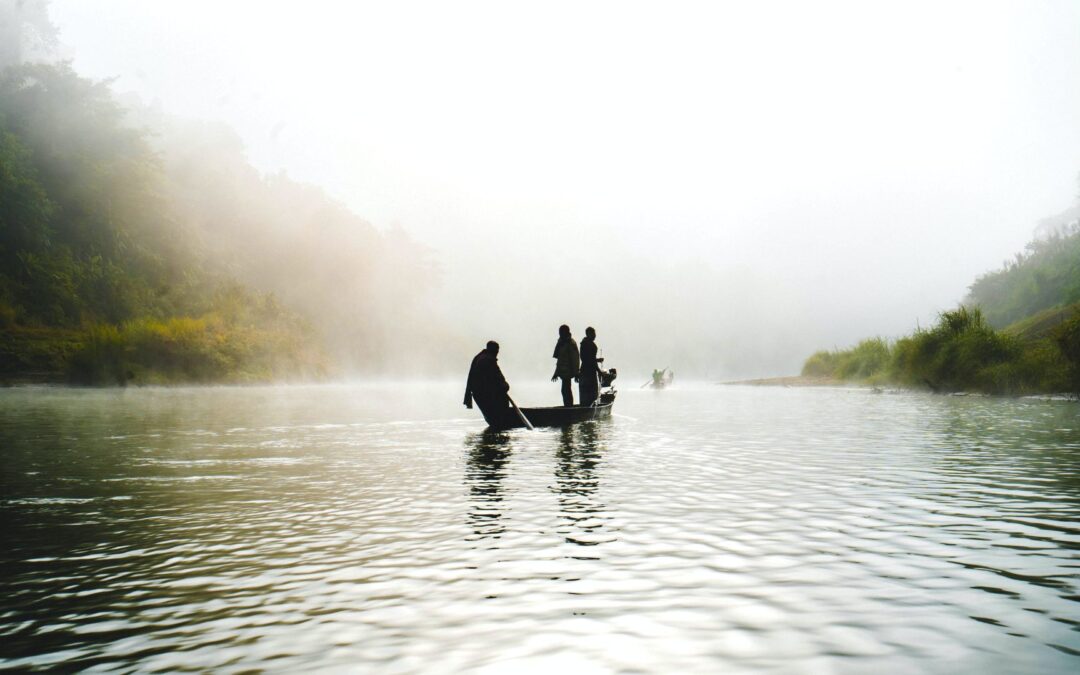“I am aweary heart surrounded by life’s frothy ocean.
To me, she gave a moment’s peace-Banalata Sen from Natore.”
– Jibananda Das
Natore, there are very few who do not remember the name of Banalata Sen when mentioning this place but is there only Banalata Sen in Natore? No! There are many more to see in this district.
Yes! This time we are on the way to Natore, on Lalmoni Express. When I first went to Kurigram, Lalmoni arrived so late at the station that I became so irritated! This time we were praying that the train would arrive late but to our dismay, Lalmoni came fairly quickly. As a result, when we landed in Natore, it was half past four in the morning. When we started from Dhaka, the weather was very warm here. I was shivering at Natore station due to a severe cold! We left the station when dawn breaks. We checked into VIP Hotel in Natore, freshened up and went to ‘Pochur Hotel’ for breakfast.
If you ask any local person in Natore about good food, they will tell you about ‘Pochur Hotel’. The only hotel in the town that is open 24 hours a day. The food was amazing and the hotel was bustling surrounded by its customers.
After having breakfast, we set off for Halti Beel. The road from Patul to Khajura is more enjoyable. While going on this road, you will see the signboard ‘Patul Mini Cox’s Bazar’ written in big letters. In the rainy season, when the ‘Beel’ is full to the brim, the beauty of this road increases. The road becomes flooded. You can take a walk there. This is the season to visit Halti Beel for tourists.
Halti Beel is famous as a natural breeding centre for fish. Halti Beel is connected to the river Atrai. The part of Halti Beel full of water even in winter has been declared as a fishery sanctuary.
From Halti Beel, we then set off to visit the largest beel in Bangladesh called Chalan Beel. It is spread over 3 districts. These beels do not have water in the dry season. At that time, the cultivation goes on the land of these areas. July to October is the best time to visit Chalan Beel. Boats are available for rent to have a ride in the Beel.
Although we went in the dry season, the beauty of the beels did not fade. This is the unique feature of Mother Nature. You can enjoy different views in each season but I have to go once in the rain as if someone was saying from inside!
After taking dinner at Pochur Hotel again, we went to bed and got up after a sound sleep. In the morning, we had been to Dighapatiya Rajbari or Uttara Ganobhaban. The 41-and-a-half-acre palace is surrounded by moats and high walls. The huge gate at the entrance of Uttara Ganobhaban is actually a giant stone clock. The watch was brought by King Dayaram from England at that time. Next to the clock is a large bell. Once upon a time, this bell could be heard from afar. The political and historical value of Uttara Ganobhaban is immense.
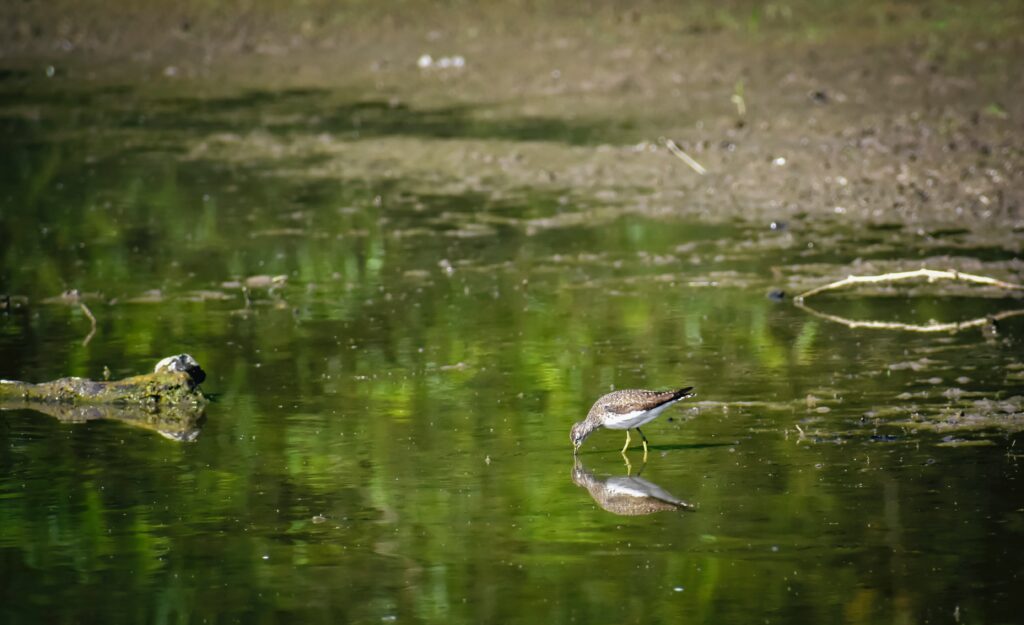
After visiting Uttara Ganobhaban, we went to Natore Rajbari, also known as Rani Bhabani’s house. Rani Bhabani was a zamindar of Natore during British rule. Rani Bhabani’s Natore Rajbari is a must-visit place in Bangladesh. The palace built with such a large area has never been seen anywhere. As soon as you enter through the gate, you first see a pond with a huge ghat, named Joltungi pond. The temple, the palace, the vast field in front of the house are very beautiful. I liked it a lot.
One must taste the Kacha Golla, a renowned sweet while visiting Natore. We went to the sweet shop near Joy Kalibari in Lalbazar. There is a wonderful story behind the creation of Kacha Golla. There are rumors that this sweet was first made after getting into a scrape. Madhusudan Pal’s shop at Lalbazar in town was Natore’s famous sweet shop. The store had several large stoves. Madhusudan used to make sweets like Roshogolla, Pantoya, Chamcham, Kalo Jaam, etc. in these stoves with about two maunds of freshly made chhana or ricotta cheese. Ten to fifteen employees used to work in his shop. Suddenly one day, the artisan of the sweet shop did not come. Madhusudan was in great danger! What would happen to that cheese now? He felt restless.
To save the food from spoilage, he suggested boiling the cheese with sugar syrup and setting it aside to cool down. The sugar-mixed cheese tasted so good. They started thinking about what to name the new sweet. Since there was no extra preparation of the cheese before dipping in the sugar syrup, that is, the raw cheese was poured into the sugar syrup, hence they named the sweet ‘Kacha Golla’. Joykalibari’s shop is the original shop of Kacha Golla.
We were surprised to see Kacha Golla! Kacha Golla is supposed to be round in shape, right? The owner smiled and said, “No, Kancha Golla is raw cheese.” The rickshaw puller said, “At that time when someone used to have Kacha Golla, he would remember its taste for his lifetime!” Maybe it was super delicious before!
I started the writing with Jibanananda’s Banalata Sen. So; it is wise to inform here that, the mystery of ‘Banalata Sen’ is still unresolved!


